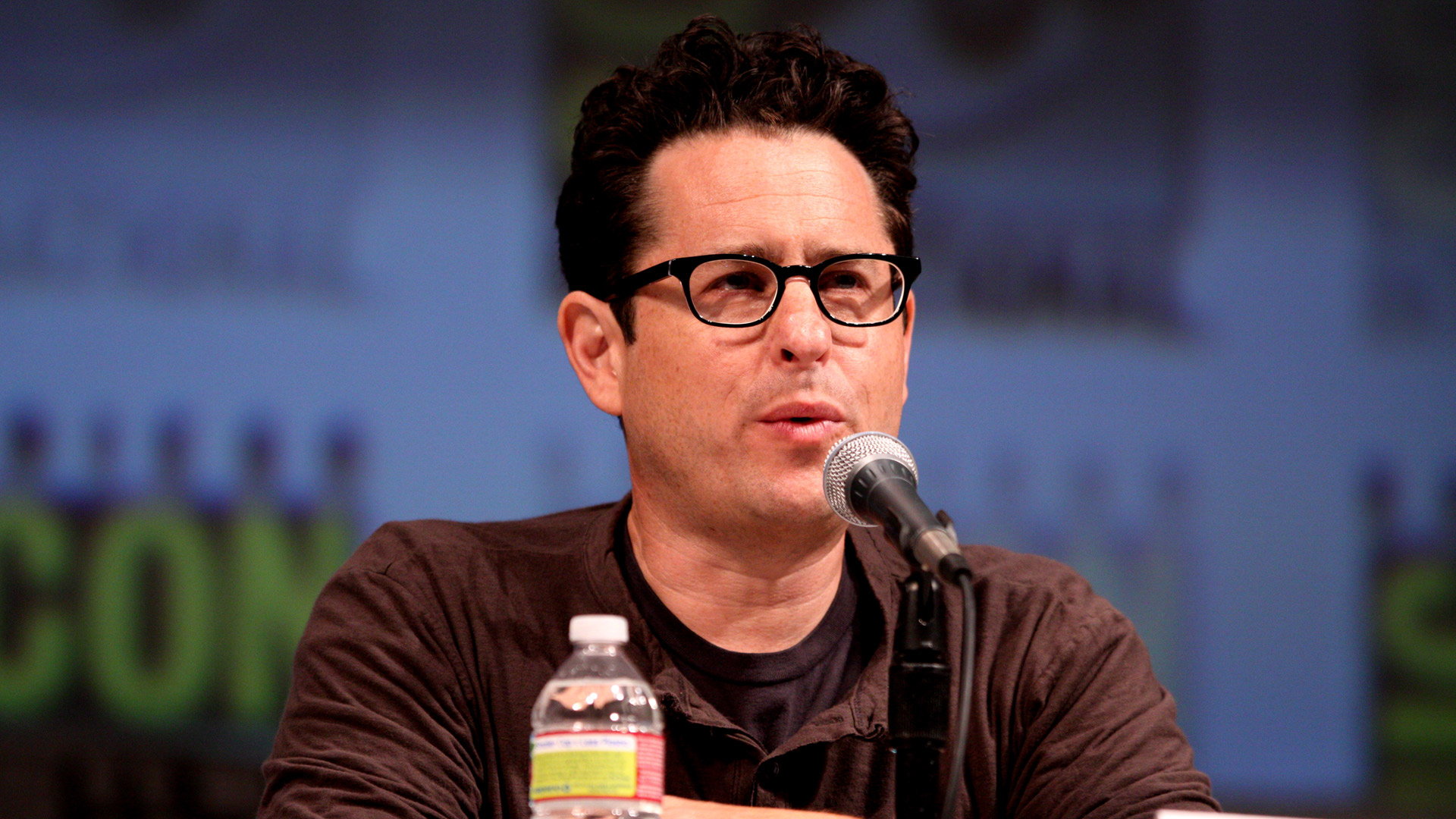WEST LONG BRANCH, N.J.-Take a concept that is universally known as one of the most unsettling, unknown, and unnerving fears: the dark. Then, remind everyone just why the thought of it overcomes us with a sense of distress and anxiety by introducing a dark figure that lingers as it watches you, convulses as it moves, and viciously attacks anyone who stands in its way. How could you not be scared? The film “Lights Out”, directed by David F. Sandberg, thrives on the idea that whether or not one likes to admit it, it’s undeniable that fear of the dark remains in every single of one us.
Horror movies made in the last decade and a half have gravitated towards making scares their top priority, often having the plot take a backseat to the senseless murders, loud noises, and disquieting visuals. However, “Lights Out” felt more as if it was a film using horror elements to drive the already existing plot, and not the other way around. The storyline was the primary focus of the film: a broken family struggling with the loss of a father and husband, as well as handling their mentally unstable mother. Every horror element in the film is built off of this concept and the dark and disturbing figure that only shows up when all of the lights are out is used to further dive into it. When Rebecca decides to remove her little brother Martin from the care of their mother, they then begin to unravel the secret behind their mother’s insanity and build a bridge towards the reconnection of their family.

Sandberg executed the film’s jump scares and horror ploys in notable fashion. He stuck to one vital source of horror throughout the film, which was the dark figure named Diana. There were no false scares (such as a loud non-diegetic noise accompanied by a person instead of a ghost), or unnecessary frightening visuals (like a random creepy doll sitting in the corner to evoke a certain mood). Any scares that came from the film were linked to Diana and her sudden appearances to snatch a person or cause them harm in various ways. Again, this sense of using her terrifying characteristics to tell a bigger tale made the atmosphere more cinematic as opposed to other horror films of the decade.
The film also stands out with its short run time of 81 minutes. But, the length of the film only adds to its effectiveness. There are only 7 real characters in the entire film, including Diana, and only 4 who get a decent amount of screen time: Rebecca, Martin, Rebecca’s boyfriend Bret, and their mother Sophie. Every scene in the film feels vital to the story and none seemed out of place or prolonged. The story felt more contained with less characters, as it only examined the world of this one family. No other viewpoints were needed and it kept the film’s focus right where it needed to be.

However, the film could have done a lot more with character development, especially with Martin. Given he had lived with his mother all his life and experienced her mood swings and mental instability on every level imaginable, his character seemed set up for an interesting story. It would have been fascinating to see how he was being effected by his home life and maybe dive into his psyche from dealing with abandonment from his sister, tragedy with his father, and of course his mother. Disappointingly, the film painted him like almost every young child you see in a horror film: scared, weak, and stereotypical. His lines felt like the script for the part of “scared child” in any typical scary movie.
As for the ending, (without spoiling anything) it explores the themes of the sacrifices families often make for each other and the unconditional love that, although may not seem visible at times, remains constant. As a result, “Lights Out” is the ideal horror film for anyone looking for a story with some substance attached to its utilized scares. It is a small step forward in the horror genre and filmmakers can certainly learn from the way it fueled its story with terror instead of masking itself with it.




